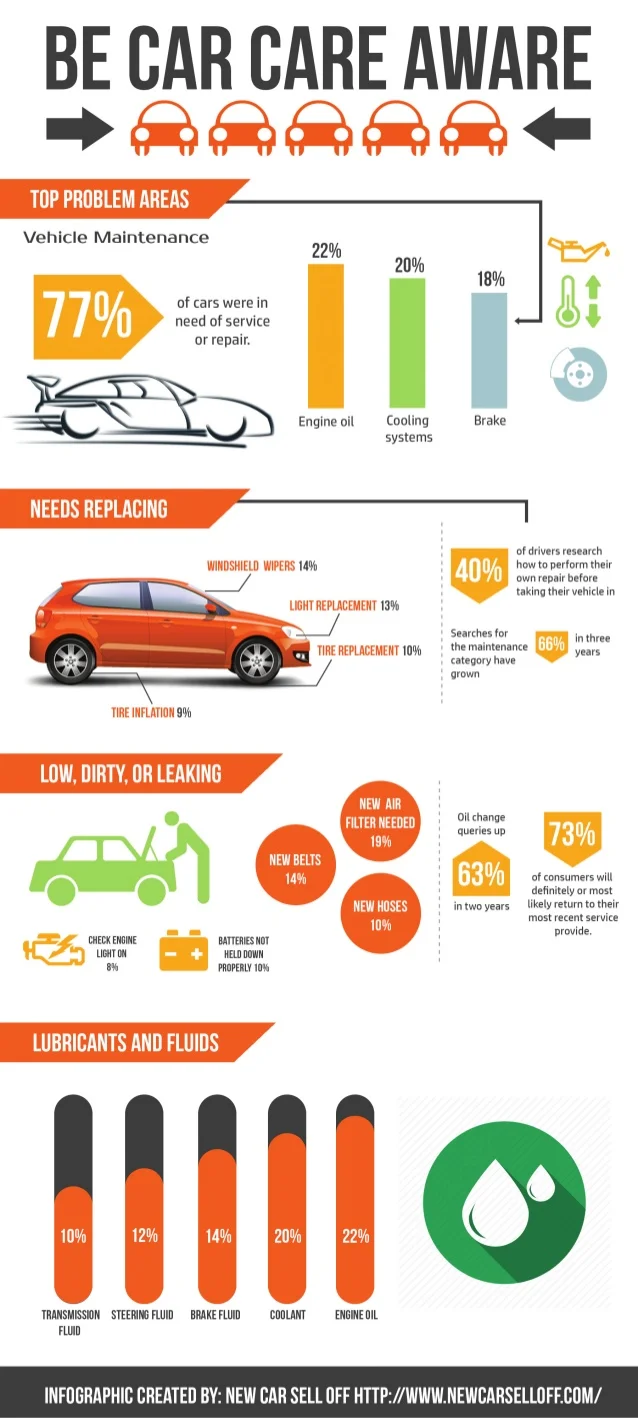Intrigued In Understanding The Warning Lights On Your Cars And Truck'S Control Panel? Discover Their Significance For Your Car'S Security And General Condition
Intrigued In Understanding The Warning Lights On Your Cars And Truck'S Control Panel? Discover Their Significance For Your Car'S Security And General Condition
Blog Article
Content By-Boye Forbes
When you're behind the wheel, those radiant caution lights on your control panel can be a little bit complicated. Do you understand what they're trying to tell you about your cars and truck's health? Comprehending related resource site of these lights is vital for your safety and security and the long life of your vehicle. So, the following time one of those lights appears, would not you want to decipher its message properly and take the needed actions to resolve it?
Common Warning Lighting and Interpretations
Identify typical caution lights in your automobile and recognize their meanings to make certain safe driving.
The most common caution lights consist of the check engine light, which signals problems with the engine or discharges system. If this light comes on, it's crucial to have your lorry examined without delay.
view it now warning light shows low oil stress, requiring prompt attention to prevent engine damages.
A blinking battery light may recommend a faulty charging system, potentially leaving you stranded if not addressed.
The tire stress monitoring system (TPMS) light alerts you to low tire stress, affecting car security and gas efficiency. Neglecting this could lead to dangerous driving conditions.
The abdominal muscle light indicates an issue with the anti-lock braking system, jeopardizing your ability to stop swiftly in emergency situations.
Last but not least, the coolant temperature level warning light warns of engine getting too hot, which can result in severe damages if not resolved swiftly.
Comprehending these usual caution lights will aid you address issues quickly and keep secure driving problems.
Value of Prompt Interest
Comprehending the usual caution lights in your automobile is only the initial step; the importance of immediately attending to these warnings can't be stressed enough to guarantee your safety and security on the road.
When https://andrelhbvq.ziblogs.com/30373196/important-devices-every-car-fixing-center-have-to-possess illuminates on your dashboard, it's your vehicle's way of communicating a possible problem that requires interest. Neglecting these warnings can bring about extra serious issues in the future, jeopardizing your security and potentially costing you more out of commission.
Prompt focus to warning lights can stop failures and crashes. As an example, a blinking check engine light might indicate a misfire that, if left unattended, could cause damages to the catalytic converter. Resolving this immediately can conserve you from an expensive repair.
Likewise, a brake system warning light might signify low brake liquid or used brake pads, important elements for your security when driving.
Do It Yourself Troubleshooting Tips
If you observe a warning light on your control panel, there are a few do it yourself troubleshooting pointers you can try prior to seeking expert help.
The first step is to consult your car's guidebook to understand what the details caution light indicates. Sometimes the concern can be as simple as a loose gas cap triggering the check engine light. Tightening the gas cap might deal with the trouble.
One more usual concern is a reduced battery, which can cause different warning lights. Examining the battery links for rust and ensuring they're secure might deal with the problem.
If a caution light continues, you can attempt resetting it by detaching the cars and truck's battery for a couple of mins and afterwards reconnecting it. Furthermore, examining your car's liquid degrees, such as oil, coolant, and brake liquid, can assist repair advising lights associated with these systems.
Final thought
In conclusion, understanding your auto's warning lights is important for maintaining your vehicle running smoothly and securely. By promptly dealing with these signals and knowing what they imply, you can stay clear of pricey repairs and prospective break downs.
Remember to consult your car's guidebook for particular information on each warning light and take action as necessary to guarantee a hassle-free driving experience.
Stay educated, stay safe on the road!
